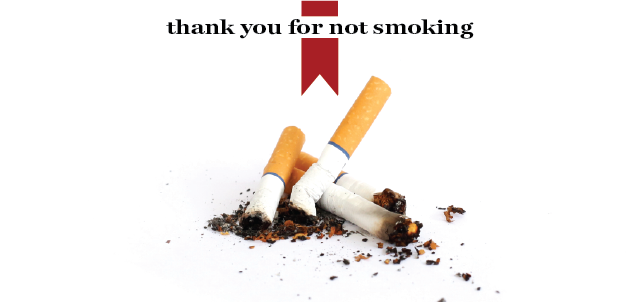Smoking and tobacco free campus policy in final stages
August 23, 2017
After more than half a decade-long struggle to establish sweeping policy change, the effort to make South Dakota State tobacco-free is nearing its final stages.
A final draft designating SDSU as a smoke-free or tobacco-free campus will be released for 30-day public comment Sept. 1. Students, faculty, staff and community members can give their opinions on the policy during that time.
SDSU’s current smoking policy — smoking must be done 25 feet away from a building’s entrance — will stay in place until the policy is finalized.
One reason for the policy’s implementation is to keep up with peer institutions, said Doug Wermedal, associate vice president for Student Affairs. SDSU’s current smoking policy is “the most liberal stance in the state.”
Once the comment period is finished there will be one more review before the policy is finalized and implemented.
“It’s logical for an institution, if their policies don’t align well with peer institutions, to look at that and either affirm that misalignment or take a look and see if the policy needs updating,” Wermedal said.
Smoking policies vary across South Dakota Board of Regent institutions. South Dakota School of Mines and Technology prohibits all forms of smoking, including vaping, across their campus. Black Hills State permits tobacco use in parking lots. Dakota State prohibits all tobacco use across campus. USD prohibits tobacco use campus-wide, but lacks a clear enforcement policy, stating it is “the shared responsibility of everyone at The University of South Dakota.”
According to Wellness Coordinator Mariah Weber, about 1,400 universities are tobacco-free across the United States. This shows that a smoke-free and tobacco-free campus environment is a “norm.”
“I think that we’re really behind the curve when it comes to being a tobacco-free campus,” Weber said.
Weber wrote the original draft of the policy the summer of 2016, which was 100 percent tobacco-free. Since her original draft, the policy has been vetted by students and faculty groups. But Weber said “nothing’s really changed” since her initial draft.
The latest draft Wermedal reviewed was a tobacco-free campus.
Another reason Wermedal considers this an important policy change is his belief the university should reflect a student’s likely future work environment. Wermedal said many workplaces no longer allow smoking or tobacco use.
Health concerns are a major reason Wermedal supports the tobacco-free policy. The purpose of the policy as highlighted in the initial draft is to protect public health, encourage a healthier environment, reduce negative environmental impacts of tobacco use and “guarantee the right of nonsmokers to breathe smoke-free air, while recognizing that the need to breathe smoke-free air shall have priority over the desire to smoke.”
The policy will affect all areas within the boundaries of the university.
Weber said the main goal of the policy is to educate. Students won’t be reprimanded for smoking, but will be given educational resources about the negative effects associated with the habit.
“We don’t necessarily want to have hall monitors walking around with jackets on and scolding people who are using tobacco products,” Weber said. “We’re really trying to push education.”
If students refuse to comply with the policy, the Office of Student Affairs will follow up with the student about the policy or the student will be given cessation support resources — one of which may include cessation counseling and classes.
Supervisors of staff and faculty who refuse to follow the policy will be contacted.
Weber’s goal is to see a cultural change in the way tobacco is used, but she believes it will take time, maybe even a few years, to effect actual change.





















